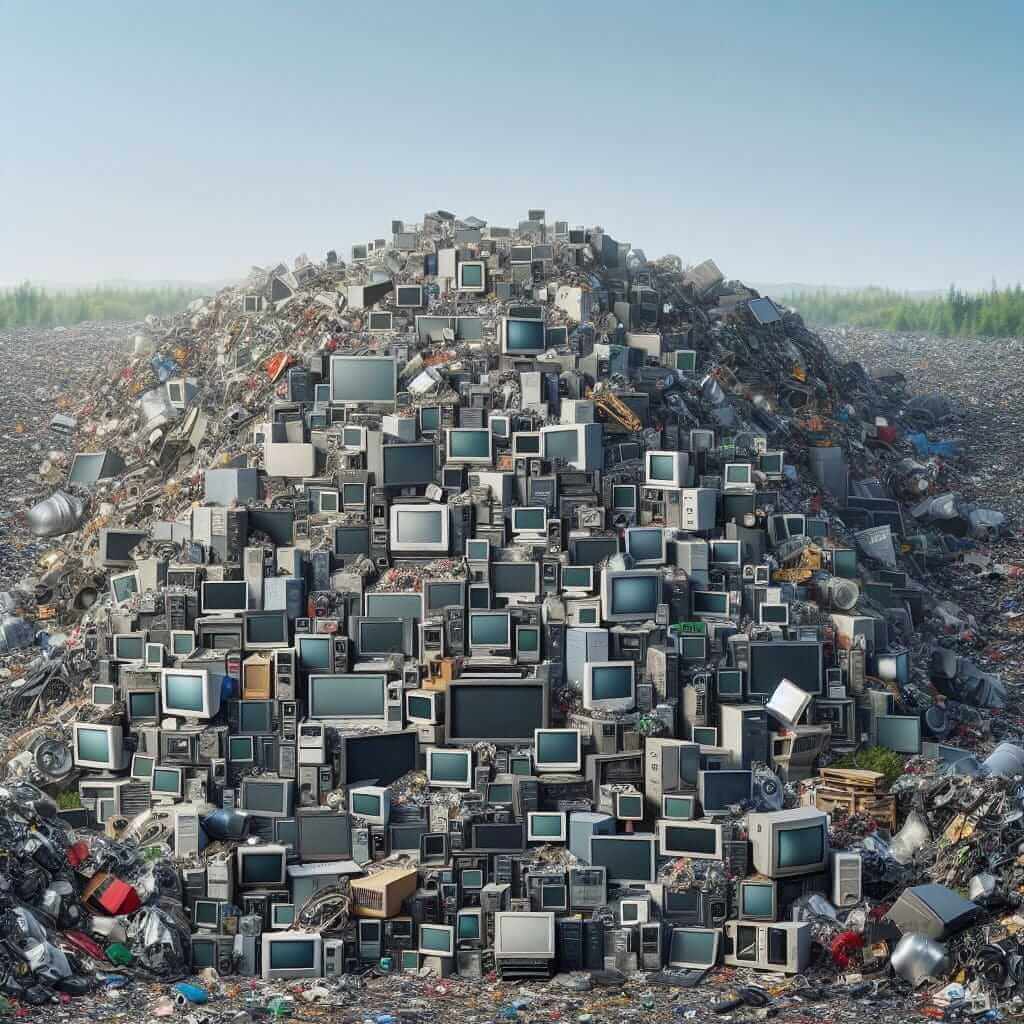The role of technology in environmental protection is a prevalent topic in many IELTS Writing Task 2 exams. Given the increasing focus on sustainability and the environment, understanding how technology contributes to environmental conservation is essential. This topic often appears in various forms, making it crucial to grasp its intricacies and formulate coherent, convincing essays.
Below are two possible prompts related to this keyword:
- Some people believe that technology can greatly help in resolving environmental issues. Others feel that technology itself is a cause of these problems. Discuss both views and give your opinion.
- Environmental problems are too big for individual countries or people to solve. Instead, they require the cooperation of technology companies. To what extent do you agree or disagree with this statement?
Main Content
Selecting a Prompt
For this tutorial, let’s select the first prompt:
“Some people believe that technology can greatly help in resolving environmental issues. Others feel that technology itself is a cause of these problems. Discuss both views and give your opinion.”
Analyzing the Prompt
This prompt asks candidates to discuss both sides of the argument regarding technology’s role in environmental issues and provide their own opinion. It’s important to balance the essay by presenting both perspectives before concluding with a personal stance supported by evidence.
Sample Essay
Introduction:
In today’s rapidly evolving world, technology plays a crucial role in all aspects of human life, including environmental conservation. However, there is ongoing debate on whether technology is a saving grace for environmental problems or a contributing factor to their escalation. This essay will explore both perspectives and argue that, despite its drawbacks, technology holds significant potential in addressing environmental challenges.
Body Paragraph 1 – The Benefits of Technology in Environmental Protection:
Proponents of technology in environmental protection argue that innovative solutions can effectively mitigate numerous environmental issues. For instance, renewable energy technologies like solar, wind, and hydroelectric power significantly reduce reliance on fossil fuels, thus lowering greenhouse gas emissions (carbon dioxide). Additionally, advancements in waste management technologies facilitate efficient recycling processes, reducing pollution and conserving natural resources. Smart agriculture technologies optimize resource use, such as water and fertilizers, while minimizing environmental impact. These examples illustrate how technology can be harnessed to foster a sustainable future.
Body Paragraph 2 – Technology as a Cause of Environmental Problems:
Conversely, critics contend that technology itself contributes to environmental degradation. The production and disposal of electronic devices lead to e-waste, which often contains hazardous materials like lead and mercury, contaminating soil and water sources. Moreover, the extraction of rare earth elements needed for advanced technological devices causes significant environmental harm. Heavy machinery used in mining operations disrupts ecosystems and biodiversity. Furthermore, the energy consumption of data centers and other tech infrastructures exacerbates carbon emissions, counteracting efforts to combat climate change. These points highlight the paradox of technology’s impact on the environment.

Body Paragraph 3 – Personal Opinion with Balanced Perspective:
In my opinion, while it is undeniable that technology has contributed to environmental issues, its potential to offer solutions should not be underestimated. The key lies in responsible and sustainable technological development. Governments and businesses must collaborate to implement green technologies, ensuring that tech advancements are environmentally friendly. Investment in research and development of sustainable technologies is crucial to addressing both existing and emerging environmental problems. When used judiciously, technology can be the cornerstone of a concerted effort to preserve our planet.
Conclusion:
In conclusion, the debate surrounding technology’s role in environmental protection is multifaceted. While technology has undeniably caused some environmental challenges, its potential benefits far outweigh the drawbacks when applied responsibly. It is imperative to strike a balance by advancing technology in ways that prioritize environmental sustainability, thus leveraging its power to protect our planet for future generations.
Word count: 397
Tips for Writing the Essay
- Balance Arguments: Ensure both perspectives are presented clearly to avoid bias.
- Use Examples: Providing concrete examples, such as renewable energy or e-waste, makes your argument more persuasive.
- Cohesive Structure: Maintain a logical flow with clear transitions between paragraphs.
- Relevant Vocabulary: Use topic-specific vocabulary correctly (e.g., greenhouse gases, renewable energy, e-waste).
Vocabulary to Remember
- Mitigate (v): /ˈmɪtɪgeɪt/ – To make less severe or serious.
- Sustainable (adj): /səˈsteɪnəbl/ – Capable of being maintained over the long term without harming the environment.
- Degradation (n): /ˌdeɡrəˈdeɪʃn/ – The process of something becoming worse.
- Conservation (n): /ˌkɒnsəˈveɪʃn/ – The protection and preservation of the environment.
- Emission (n): /ɪˈmɪʃən/ – The production and discharge of something, especially gas or radiation.
- Hazardous (adj): /ˈhæzədəs/ – Dangerous or risky.
- Optimize (v): /ˈɒptɪmaɪz/ – To make the best or most effective use of a situation or resource.
- Rare earth elements (n): /reə ɜːθ ˈelɪmənts/ – A set of seventeen chemical elements used in the production of many electronic devices.
- Ecosystem (n): /ˈiːkəʊˌsɪstəm/ – A biological community of interacting organisms and their physical environment.
- Collaboration (n): /kəˌlæbəˈreɪʃən/ – The action of working with someone to produce something.
Conclusion
Understanding the multifaceted role of technology in environmental protection is essential for creating balanced and well-structured essays in the IELTS Writing Task 2. While technology presents both challenges and opportunities, the effective and responsible application of innovative solutions can significantly contribute to environmental sustainability. For practice, consider additional prompts like:
- Governments alone cannot handle environmental issues. How can technology firms contribute?
- How can advancements in technology help reduce the carbon footprint of urban areas?
Engage in regular practice with various prompts to enhance your writing skills and improve your IELTS band score.